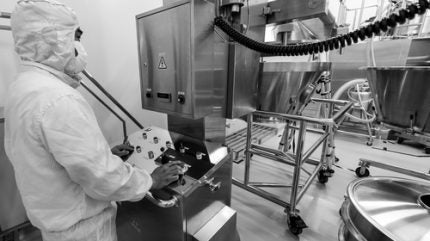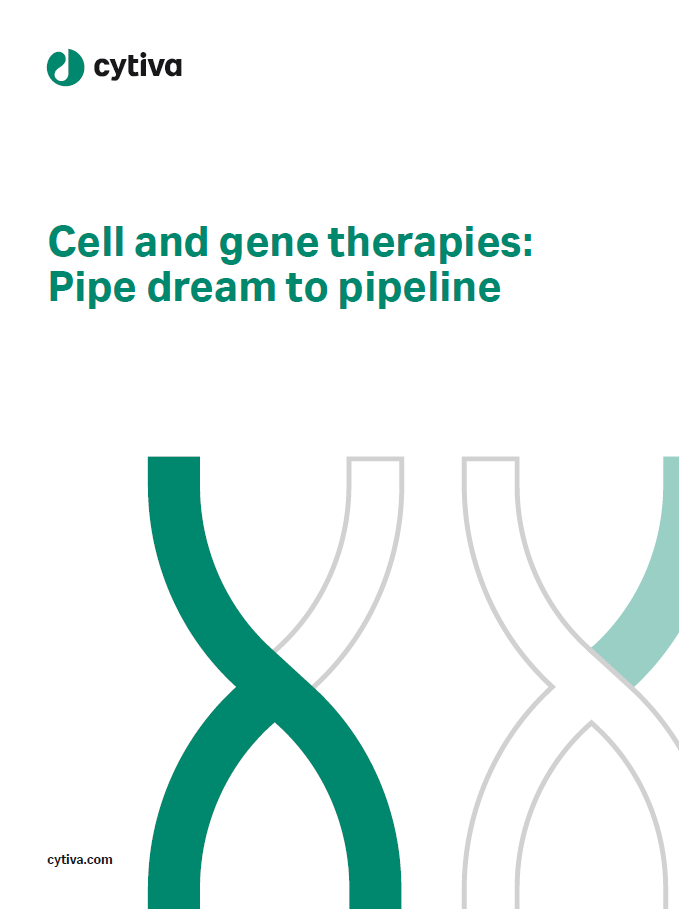

Cell therapies stand at the frontier of medicine and hold the potential to potentially cure diseases, said Angela Vollstedt, global director of Cell & Gene Therapies at Novartis in her opening remarks during a talk at CPHI Europe.
Vollsetdt was speaking at the industry conference, which took place 8–10 October in Milan, Italy. According to Vollstedt, the venture capitalist (VC) community is the one driving cell therapies like chimeric antigen receptor (CAR)-Ts in clinical development although there is still a lot of untapped potential and opportunities for growth.
“Only 30% of patients end up receiving CAR-Ts out of all eligible patients,” she said. Complex manufacturing procedures and slow bureaucratic referral systems extend timelines that make patients ineligible to receive these treatments, Vollstedt said. While the demand for cell therapies is rising, the supply of manufacturing capacities is lagging.
Some key cost drivers that pose a barrier to broad cell therapy access include the reliance on a highly skilled workforce, time consuming processes with open handling, and strict quality controls. Also, a limited number of approved treatment centers and sites for cell therapy administration, which require patients to travel, can be challenging.
There is a “complex inter-dependency of players” in the cell therapy manufacturing industry, which drives the inefficiencies and dictates the ability to serve patients in a timely manner, Vollstedt added.
According to Vollstedt, “de-bottlenecking” the supply of cell therapies will be crucial to ensuring broader access if investments in the space happen.
Strategies to combat manufacturing inefficiencies
Firstly, the manufacturing of lentiviral vectors, the most common delivery method for transgene delivery, is usually outsourced, which adds further complexity to the manufacturing process. The quality, design, and compatibility of the vector process development is also a key issue because Vollstedt said it could ultimately “cost you your product in ways you will not be able to recover from”.
Then, patient batch variability at each timepoint of the patient journey should be considered. The process of apheresis needs to be standardised at every single point, Vollstedt said, and donor cell variability should be considered early into the manufacturing process because differences in cellular starting materials can impact product yield.
Additionally, investment in automated manufacturing platforms in a closed manufacturing system needs to be complemented by appropriate analytical testing panels to improve the process efficiency, she said. Limitations in treatment accessibility stem from a shortage of approved treatment centres and limited physician referrals due to low awareness and acceptance of CAR-T therapies. Alternative manufacturing models, such as point-of-care manufacturing need to be explored along with the establishment of more treatment centers to ensure centralisation for increased scale, she said.
Overall, strategies to achieve de-bottlenecking of supply chain and logistics should be implemented both in cell collection and transport and distribution. Additionally, post-collection handling and logistics should be standardized, according to Vollstedt, with the use of specialised shipping methods (cold-chain logistics) and national transport networks coupled with careful planning of delivery timelines to treatment centers.
For pharmaceutical companies developing cell therapies, go-to-market considerations should be part of development from their inception. For instance, automated processes to identify manufacturing procedure parameters, which are indicative of product quality, should be adopted from early development stages. Vollstedt emphasised that this might delay first-in-human trials, but it will eventually prove beneficial in later development stages and closer to commericalisation.
The goal is to democratise patient access to life-saving therapies through better supply chain and logistics, said Vollstedt, and for this innovation must be made accessible.
Cell & Gene Therapy coverage on Pharmaceutical Technology is supported by Cytiva.
Editorial content is independently produced and follows the highest standards of journalistic integrity. Topic sponsors are not involved in the creation of editorial content.
Cell & Gene Therapy coverage on Pharmaceutical Technology is supported by Cytiva.
Editorial content is independently produced and follows the highest standards of journalistic integrity. Topic sponsors are not involved in the creation of editorial content.




